William J. McPeak
The Muslims at the Battle of Lepanto still wore turbans and headdresses, along with the occasional steel cap with their usual kilij sabre and flowing robes. Despite adopting western technology, Islam still held to traditional weapons: the formidable Turkish composite bow and spears. By the early part of the 16th century, the Turks were buying arquebuses, but these were shouldered by a minority of the most ironic of Turkish soldiers, the Janissaries (meaning new soldiers), former adolescent Christian slaves taken from the bi-yearly raids into European territory and trained as elite infantry.
[text_ad]
About 10,000 were sent down from Negropont. The Turks had not developed a manual of arms or more than casual accoutrements for their firearms. Powder was carried in a leather bag and ladled by hand into the muzzle of the weapon—hardly efficient and highly dangerous. Most Turkish soldiers were bowmen and a Turkish boast was that one of their bowmen could loose 30 arrows to one shot by the arquebusier. The question was, to what effect? The truth or falseness of that boast was soon to be revealed.
Arquebuses & Matchlocks
The League soldiers, intermixed to avoid rivalries, were arrayed in the manner of European land warfare. The arquebusiers used a charge bandolier usually carrying 12 charges in wooden bottles or a powder flask for more efficient loading and firing—three shots in a minute on average. The larger matchlocks (caliver, about 75 caliber, and musket, 80 to 90 caliber, requiring a forked rest for support) were not suited for the limited space and action of sea duty. There were some pikemen using short pikes (8- or 9-foot spears) for shipboarding.
Along with cannon there were other gunpowder weapons. Granadoes, small palm-sized terra cotta pots filled with gunpowder or combustibles (pitch, turpentine, naphtha, or petroleum), were lit and thrown onto enemy ships. Newer to European weaponry was the family of firearms based on the first semiautomatic or deadfire lock mechanism, the wheel lock. These made possible smaller, shorter firearms: carbines and pistols, which were officers’ weapons on shipboard. Galleys may have seen the first blunderbusses, short carbine-sized wheel lock longarms with bell-shaped muzzles (to facilitate loading grapeshot), meant to replace the conventional arquebus filled with grapeshot. In handy pistol form, wheel locks were also adapted as hand mortars used against an enemy deck.
Equipped for Shipboard Fighting
Soldiers wore a minimum of armor: helmets, ranging from burgonets, cabassets, and morions with partiak armor including a breastplate, gorget, shoulder mail, or thick or reinforced leather jackets (like earlier gambesons or brigandines). Officers wore the less confining half armor (no armor below the back). In the crowded space of shipboard fighting, the economy of swordplay was for a cut-and-slash technique. A short sword like the curve-bladed infantry saber or the powerful falchion was best, while sailors favored similar forms, like the dusack, an early cutlass. Some officers kept to their longer heavy rapiers (and also light broadswords). The Knights chosen to defend the standard at the masthead on board their galleys carried the two-handed sword to rain haymaker blows down upon the rush of the enemy.
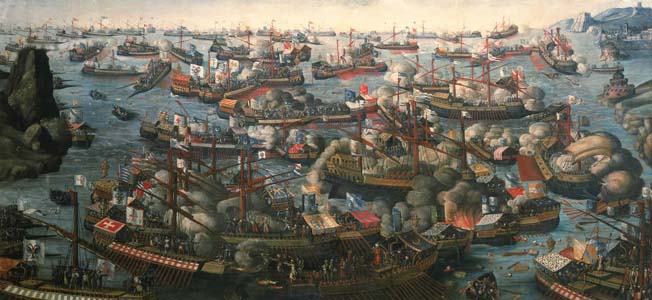
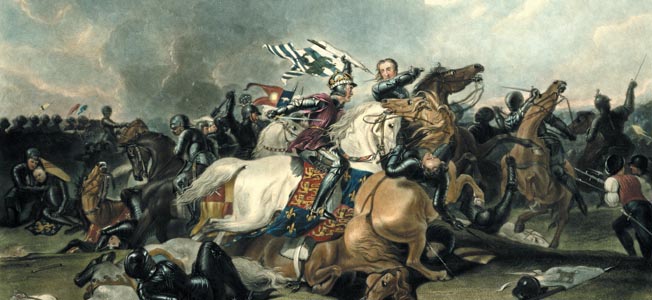
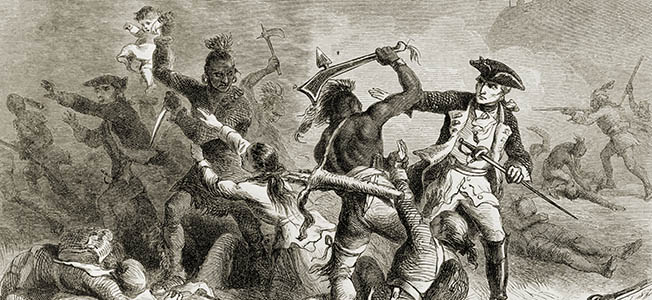
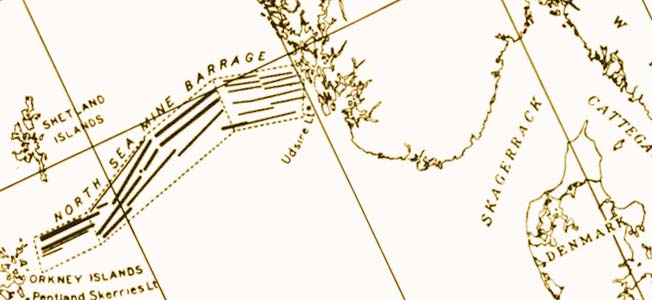
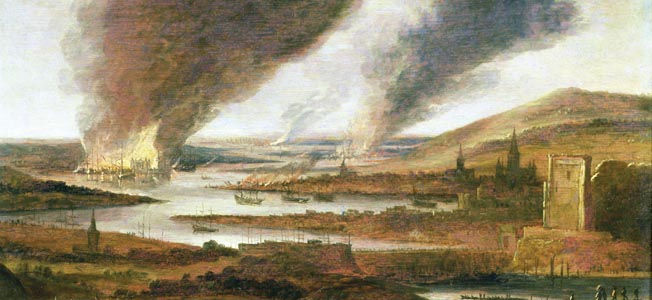
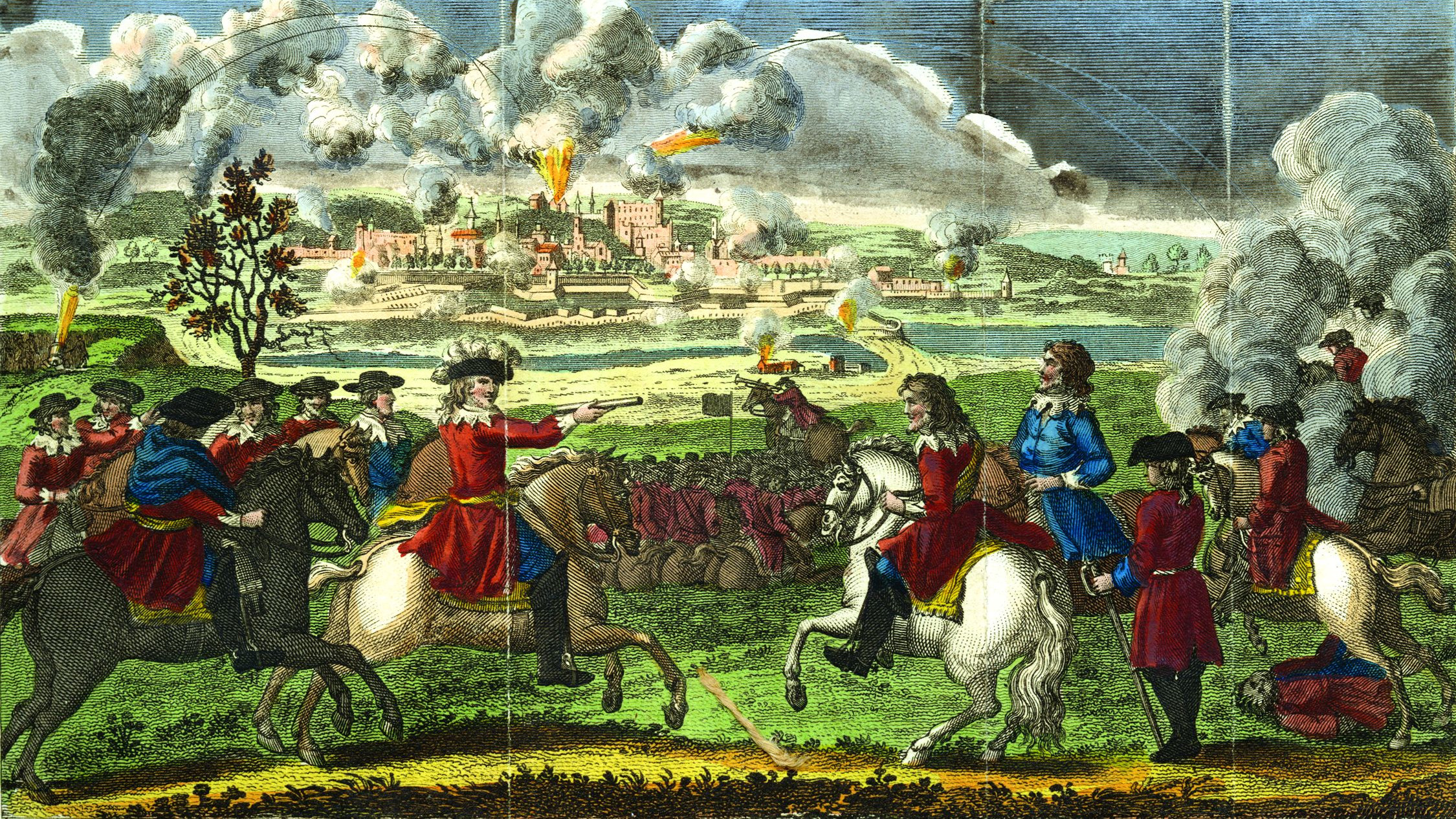
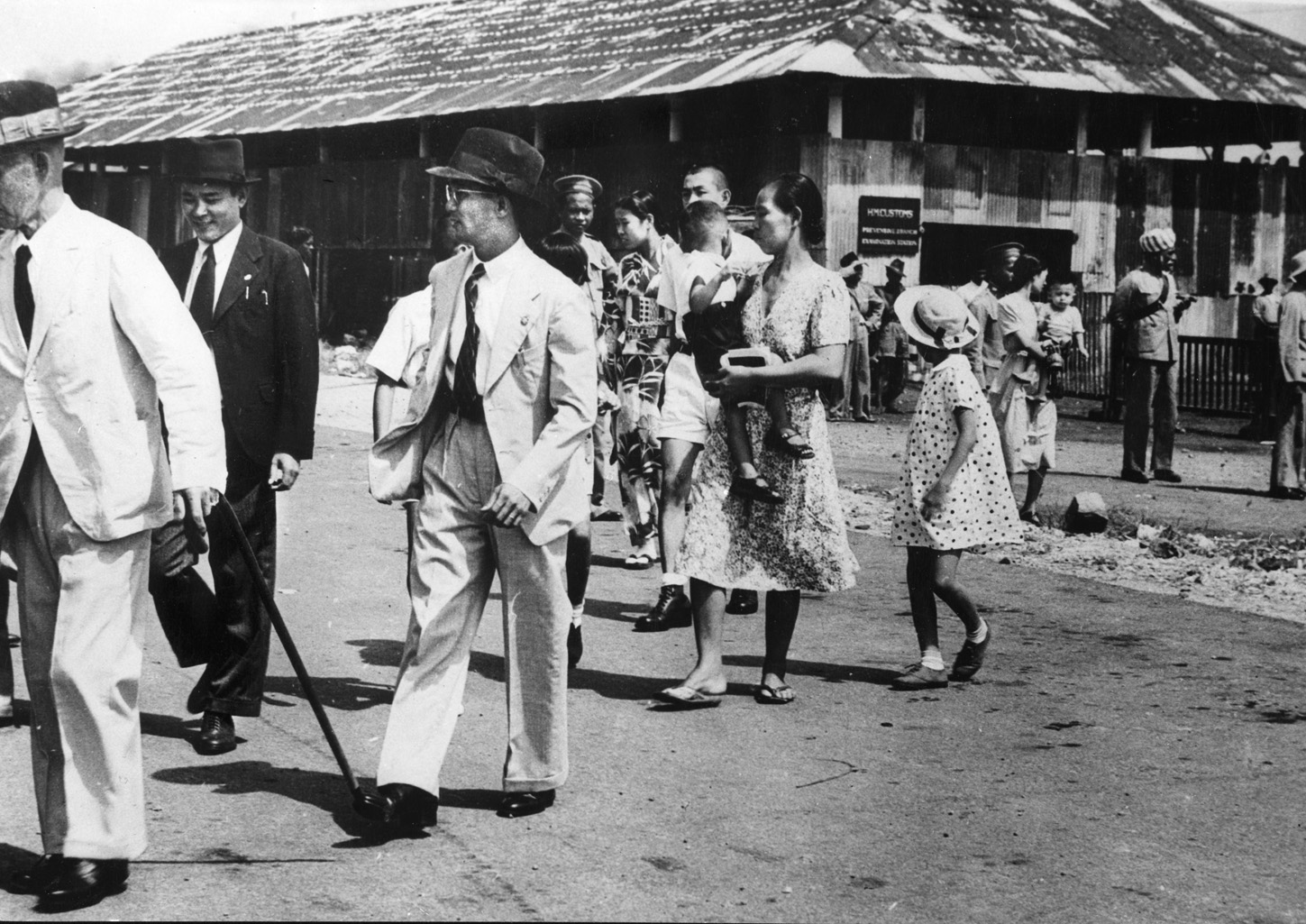

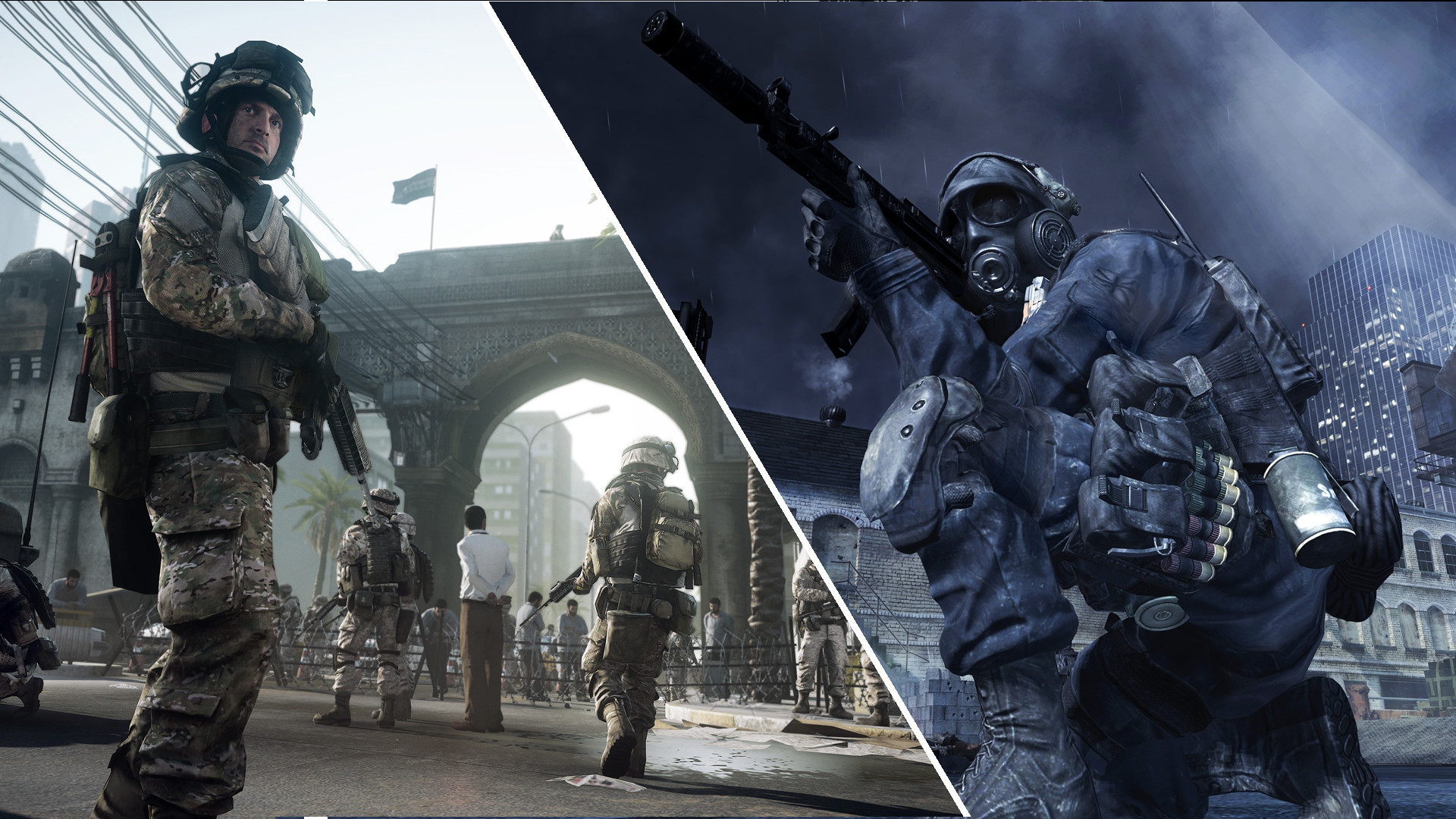
Join The Conversation
Comments
View All Comments